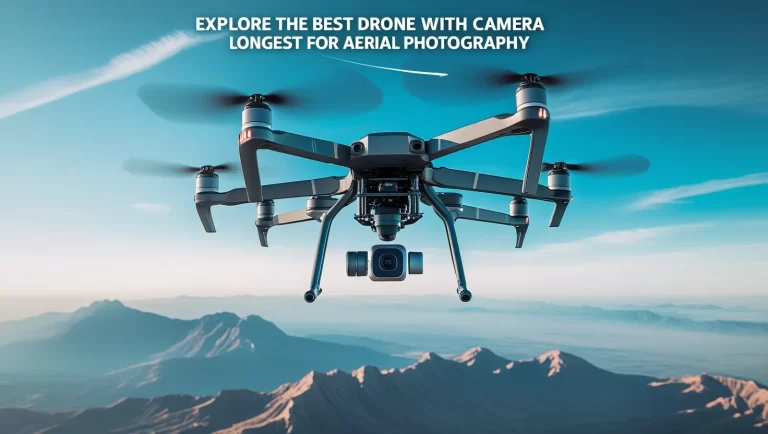
AI Technology: Development of Autonomous Vehicles and Smart Transportation Systems – In recent years, the landscape of transportation has been dramatically transformed by the advent of AI technology. From self-driving cars to intelligent traffic management systems, the development of autonomous vehicles and smart transportation systems is revolutionizing how we move from place to place. This article delves into the exciting world of AI-powered transportation, exploring the innovations and implications of this groundbreaking technology.
The Rise of Autonomous Vehicles

Autonomous vehicles, commonly known as self-driving cars, have long been a staple of science fiction. Today, they are rapidly becoming a reality thanks to significant advancements in AI technology. Companies like Tesla, Waymo, and Uber are at the forefront of this revolution, developing vehicles that can navigate and operate without human intervention.
How Do Autonomous Vehicles Work?
At the heart of autonomous vehicles lies a sophisticated blend of sensors, cameras, and AI algorithms. These cars use a combination of lidar (light detection and ranging), radar, and computer vision to perceive their environment. AI technology processes the data collected by these sensors, allowing the vehicle to make real-time decisions such as stopping for pedestrians, navigating complex intersections, and avoiding obstacles.
Benefits of Autonomous Vehicles
The potential benefits of autonomous vehicles are immense. Firstly, they promise to enhance road safety by eliminating human error, which is responsible for the vast majority of traffic accidents. Secondly, autonomous vehicles can improve traffic flow and reduce congestion, as they can communicate with each other to optimize routes and avoid bottlenecks. Additionally, self-driving cars can provide greater mobility for individuals who are unable to drive, such as the elderly and disabled.
Smart Transportation Systems
Alongside the development of autonomous vehicles, AI technology is also transforming broader transportation systems. Smart transportation systems integrate various technologies to create more efficient, reliable, and sustainable transport networks.
Intelligent Traffic Management

One of the most significant applications of AI in smart transportation is intelligent traffic management. Traditional traffic light systems operate on fixed timers, which can lead to inefficiencies and unnecessary delays. AI-powered traffic management systems, on the other hand, use real-time data from cameras, sensors, and connected vehicles to dynamically adjust traffic signals. This ensures smoother traffic flow, reduces wait times at intersections, and can even help lower emissions by minimizing stop-and-go driving.
Predictive Maintenance
AI technology also plays a crucial role in predictive maintenance for transportation infrastructure. By analyzing data from various sources, such as sensors embedded in roads and bridges, AI systems can predict when maintenance is needed before a failure occurs. This proactive approach not only extends the lifespan of infrastructure but also enhances safety and reduces maintenance costs.
Public Transportation Optimization
Public transportation systems are also benefiting from AI advancements. AI algorithms can analyze passenger data to optimize routes and schedules, ensuring that buses and trains run more efficiently. This can lead to shorter wait times for passengers and a more reliable public transportation system overall. Additionally, AI technology can enhance the passenger experience by providing real-time updates on vehicle locations and expected arrival times.
Challenges and Considerations
While the development of autonomous vehicles and smart transportation systems holds great promise, there are also significant challenges to address.
Technical and Regulatory Hurdles
One of the primary technical challenges is ensuring the reliability and safety of AI systems. Autonomous vehicles must be able to handle a wide range of driving conditions and scenarios, including adverse weather and complex urban environments. Additionally, there are regulatory hurdles to overcome. Governments around the world are grappling with how to regulate self-driving cars and ensure they are safe for public use.
Ethical and Social Implications
The rise of AI technology in transportation also raises ethical and social considerations. For instance, there are questions about how autonomous vehicles should be programmed to make decisions in life-and-death situations. Furthermore, the widespread adoption of self-driving cars could lead to job losses for professional drivers, necessitating strategies to support those affected by these changes.
The Future of AI-Powered Transportation
Despite these challenges, the future of AI-powered transportation looks incredibly promising. As AI technology continues to advance, we can expect to see even more sophisticated autonomous vehicles and smarter transportation systems. These innovations have the potential to create safer, more efficient, and more sustainable transportation networks that benefit everyone.
Conclusion article AI Technology: Development of Autonomous Vehicles and Smart Transportation Systems
The development of autonomous vehicles and smart transportation systems showcases the transformative power of AI technology. From enhancing road safety to optimizing public transit, AI is paving the way for a new era of transportation. As we navigate this exciting frontier, it is crucial to address the challenges and consider the broader implications to ensure that the benefits of AI-powered transportation are realized for all.
Read More: The Most Advanced Information Technology Products of 2024 and Their Functions





